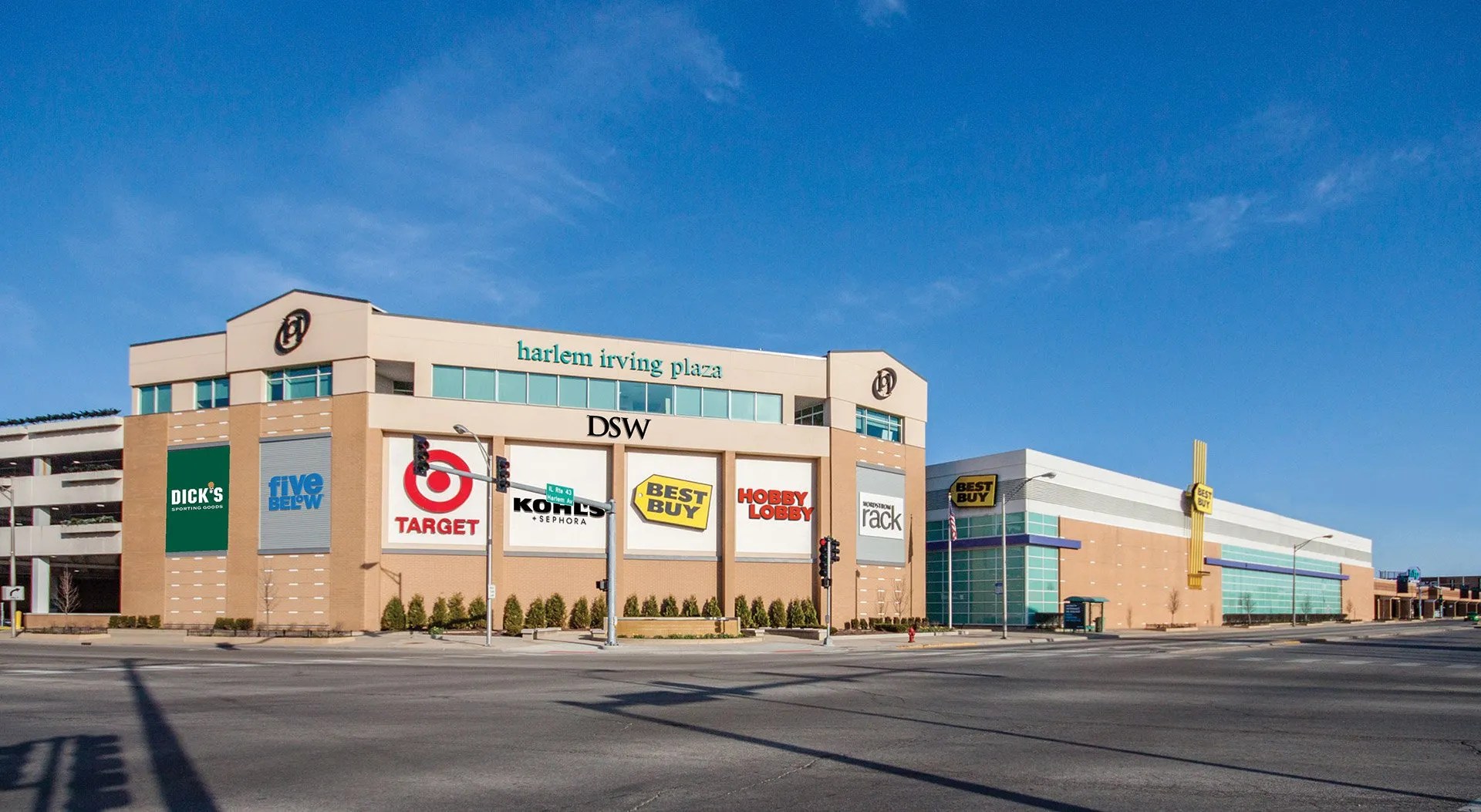Exploring The Allure Of Hip Malls: A Modern Shopping Experience

In recent years, the concept of shopping has evolved significantly, paving the way for the emergence of hip malls. These trendy shopping destinations are more than just places to buy goods; they are vibrant spaces designed to provide a unique experience that combines retail, dining, entertainment, and social interaction. With an aesthetic that appeals to younger generations, hip malls have become cultural hubs that reflect modern tastes and lifestyles.
As consumers increasingly seek experiences over mere transactions, hip malls have risen to the occasion, offering curated selections of local and international brands alongside a plethora of dining options and entertainment facilities. This shift towards a more experiential form of shopping has changed the way people perceive malls, transforming them from dull retail spaces into exciting environments that cater to diverse interests.
In this article, we will delve into the defining features of hip malls, exploring why they have become the go-to destinations for shopping enthusiasts. We will also examine the factors that contribute to their popularity and how they foster community engagement. Join us as we take a closer look at the captivating world of hip malls.
What Makes a Mall “Hip”?
A hip mall is characterized by several key features that distinguish it from traditional shopping centers. These include:
- Architectural design that embraces modern aesthetics.
- Curated retail selections featuring local and unique brands.
- Integrated dining experiences with diverse culinary options.
- Spaces for art installations and live performances.
- A focus on sustainability and eco-friendly practices.
Are Hip Malls Changing Consumer Behavior?
The rise of hip malls has undoubtedly influenced consumer behavior. Shoppers are now more inclined to seek out experiences rather than simply purchasing products. This trend has led to an increase in foot traffic, as people flock to these malls not just for shopping but also for social interactions and entertainment. The following aspects contribute to this change:
- Community-oriented events and activities.
- Social media influence and marketing.
- Collaborations with local artists and musicians.
How Do Hip Malls Foster Community Engagement?
Hip malls often serve as community gathering spots, providing a platform for local events, workshops, and performances. By hosting these activities, they create a sense of belonging among visitors. Some of the ways hip malls foster community engagement include:
- Art exhibitions featuring local artists.
- Live music performances and open mic nights.
- Workshops and classes that promote skill-sharing.
What Role Does Design Play in Hip Malls?
The design of a hip mall plays a crucial role in its appeal. The aesthetic choices made during the architectural planning phase can significantly impact the overall experience. Key design elements include:
- Open spaces that encourage movement and interaction.
- Innovative use of natural light and greenery.
- Art installations that spark conversation and engagement.
Who Are the Key Players Behind Hip Malls?
The success of hip malls can be attributed to various stakeholders, including developers, retailers, and local artists. Each group plays a vital role in shaping the mall's identity and experience. Here’s a brief overview of these key players:
| Role | Contribution |
|---|---|
| Developers | Design and create the mall space. |
| Retailers | Curate the shopping experience with unique offerings. |
| Local Artists | Enhance the cultural vibe through art and performances. |
How Do Hip Malls Utilize Technology?
Technology is an essential aspect of the modern shopping experience, and hip malls are no exception. They often incorporate various tech elements to enhance visitor engagement, such as:
- Mobile apps for navigation and promotions.
- Interactive displays and kiosks.
- Wi-Fi access and digital connectivity.
What Are Some Popular Examples of Hip Malls Worldwide?
Across the globe, there are numerous examples of hip malls that have successfully captivated audiences. Some noteworthy mentions include:
- 1. Shibuya 109 in Tokyo, Japan - A fashion landmark known for its trendy boutiques.
- 2. Westfield London in London, UK - A massive shopping center featuring a diverse range of shops and eateries.
- 3. South Coast Plaza in California, USA - Renowned for its luxury brands and art installations.
- 4. VivoCity in Singapore - Combines shopping with waterfront views and outdoor spaces.
Can Hip Malls Survive Economic Changes?
With the unpredictable nature of the economy, one pressing question arises: can hip malls sustain their popularity through economic fluctuations? To ensure longevity, hip malls must:
- Adapt to changing consumer preferences.
- Innovate with new experiences and offerings.
- Maintain strong relationships with local communities.
What Future Trends Can We Expect in Hip Malls?
As we look ahead, it’s essential to consider the future of hip malls. Some emerging trends that may shape their evolution include:
- Increased focus on sustainability and eco-friendly practices.
- Integration of virtual reality and augmented reality experiences.
- Enhancement of personalization in shopping experiences.
In conclusion, hip malls represent a significant shift in the retail landscape, emphasizing experience, community, and modern aesthetics. By understanding the factors that contribute to their appeal and success, we can appreciate the vital role they play in shaping contemporary shopping culture. Whether you are a local resident or a tourist, visiting a hip mall is bound to offer a unique experience that transcends traditional shopping. Embrace the allure of hip malls and discover what makes them so special!
ncG1vNJzZmirn521b6%2FOpmasp5idu6bD0qCcq7FnZLWqvIymmKWkXp3Brrg%3D